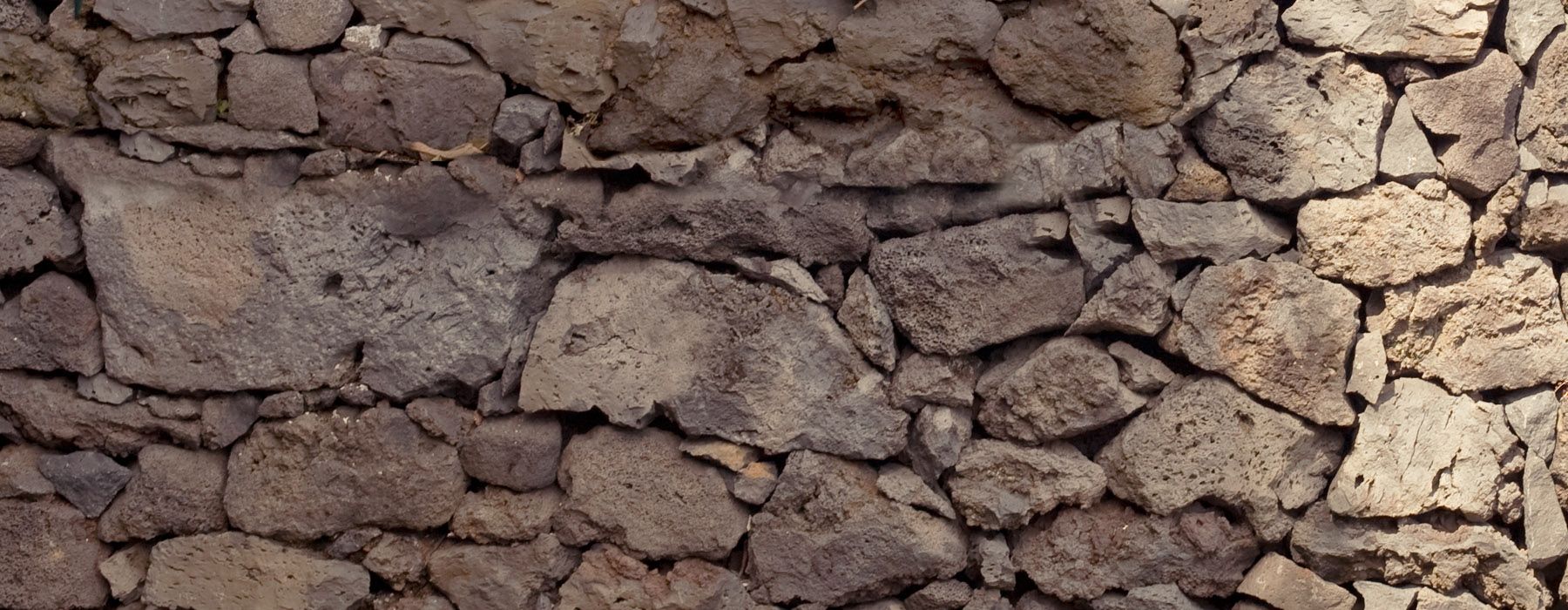‘The Ark’ Architecture & Crafts Exhibition and Workshops in Bruges
Join INTBAU, the European Prize of Architecture Philippe Rotthier 2024, and La Table Ronde de l’Architecture, host to INTBAU Belgium for ‘The Ark’ architecture and crafts exhibition in Bruges.
